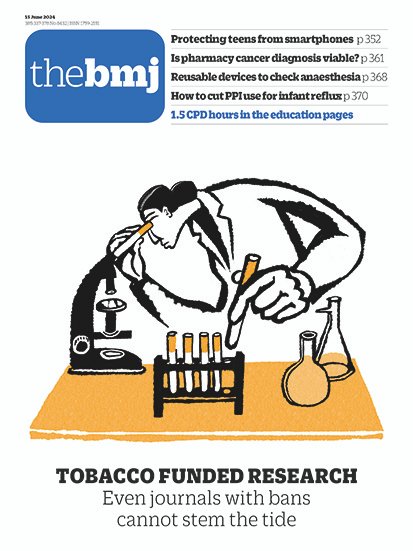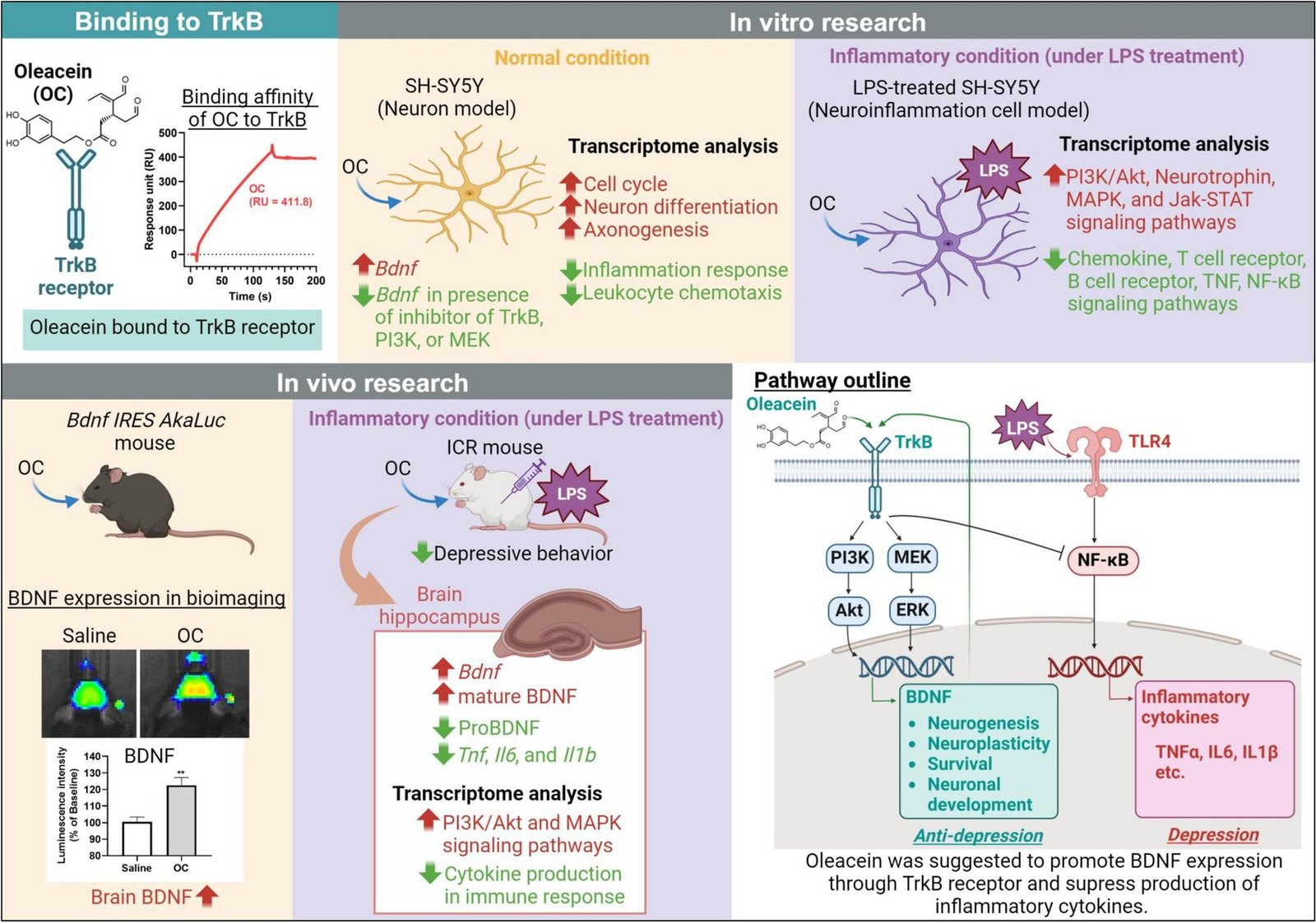- Mohammad S Razai, honorary research fellow in primary care1,
- Sima Berendes, research fellow2,
- Shobhana Nagraj, assistant professor of primary and community care34,
- Pippa Oakeshott, professor of general practice1,
- Asma Khalil, professor of obstetrics and maternal and fetal medicine56
1Population Health Research, St George’s University of London
2London School of Hygiene and Tropical Medicine, London
3Department of Public Health and Primary Care, University of Cambridge
4East London NHS Foundation Trust
5Vascular Biology Research Centre, Molecular and Clinical Sciences Research Institute, St George’s University of London
6Royal College of Obstetricians and Gynaecologists, London
- Follow the authors on X: @mohammadrazai @ProfAsmaKhalil @BerendesSima @ShobhanaNagraj
The UK is experiencing a sharp increase in rates of whooping cough (pertussis), with confirmed cases in England climbing rapidly from 858 in 2023 to reach 2793 in just the first three months of 2024.1 In that period alone, whooping cough claimed the lives of five infants—a tragic and preventable outcome.1 The rise in cases may reflect the cyclical nature of pertussis,2 but it also underscores a worrying decline in vaccine uptake during pregnancy.3 We urgently need to increase maternal vaccination rates and protect newborns who are too young to be vaccinated.
Maternal vaccination is 97% effective against infant death from pertussis.45 Despite these benefits, pertussis vaccination coverage in pregnancy has fallen from 70% in September 2017 to just 58% in September 2023.6 Pertussis vaccine uptake is even lower in London, with coverage of only 36% from October to December 2023.6 Historically, pertussis vaccination uptake has been significantly lower in England’s deprived regions and among ethnic minorities, particularly black and South Asian women, than among white women.7
The phenomenon referred to as “vaccine hesitancy” is defined as the “delay in acceptance or refusal of safe vaccines despite the availability of vaccine services.” It stems from complex cultural and context specific factors that vary by time, place, and vaccine type, influenced by issues such as confidence, communication, complacency, convenience, and sociodemographic contexts.8 Misinformation and conspiracy theories, often amplified by social media, further compound vaccine hesitancy.9

Although widely used, the term “vaccine hesitancy” may not fully capture the breadth of determinants that can lead to delay or refusal of vaccinations. Additionally, structural issues such as health inequalities, socioeconomic disadvantages, systemic racism, and barriers to access are critical factors that undermine vaccine confidence and uptake.9
Fears and concerns
Our recent research identified multiple barriers and facilitators influencing uptake of maternal vaccination against pertussis, covid-19, and influenza.10 Barriers include concerns (both from patients and from midwives)11 about vaccine safety and efficacy, a lack of awareness of the benefits and necessity of vaccines, fears of potential adverse effects on the fetus or mother, and a diminished perception of disease severity.
We believe that a multifaceted approach is necessary to reverse the current trajectory of rising whooping cough cases and falling vaccination rates.3 Effective strategies to enhance vaccine uptake must include robust, unambiguous, proactive vaccine endorsements by healthcare professionals, the integration of vaccinations within routine antenatal care, and consistent, clear communication tailored to tackle concerns in pregnancy.103
Enhancing education and communication about vaccines’ importance, safety, and effectiveness is essential. This necessitates effective community engagement and multisectoral working. Healthcare providers must be trained to effectively counter myths and fears about vaccinations and to recommend vaccination consistently and unambiguously while respecting individual agency. Healthcare providers such as GPs and midwives are often cited as the most trusted source of vaccine information by parents,1213 but they face considerable service pressures.
Policy interventions should be considered to improve uptake by integrating vaccine status checks into routine electronic health records, providing onsite vaccination in antenatal clinics, and offering incentives for healthcare providers to achieve high vaccination rates.310
Leveraging technology could also play a pivotal role in increasing vaccination rates. Mobile health applications that remind pregnant women of their vaccination schedules could ensure higher compliance, while public health campaigns can use digital platforms to reach a broader audience with engaging, informative content, including personal testimonials about vaccination from other pregnant women.311
In addition to these strategies, targeted outreach campaigns are needed to reach communities with historically low vaccination rates. These programmes can provide tailored education to tackle specific concerns and barriers unique to these groups. Early and sustained engagement of community leaders and the use of trusted local networks to disseminate information could enhance the reach and impact of these initiatives.111415
Positive outcomes
Finally, consistent public health messaging across all media is crucial to reinforce the importance of maternal vaccination. Campaigns should not only focus on the dangers of whooping cough but should also highlight the positive outcomes of vaccination, such as significant reductions in infant mortality rates and severe disease due to whooping cough.10 Public health officials must also work to ensure easy and equitable access to vaccines, removing logistical obstacles (such as lack of transport, limited clinic hours, language barriers, absence of childcare options, and inaccessible vaccination sites) that could deter expectant mothers from getting vaccinated.
As we navigate this resurgence of whooping cough, the stakes are high. The decline in maternal vaccination rates jeopardises the health of the most vulnerable infants and exacerbates ethnic and socioeconomic inequalities.16 By tackling the barriers to vaccine uptake and reinforcing the infrastructure that supports vaccination, we can safeguard not just individual families but the entire community.
Footnotes
-
Competing interests: None declared.
-
Provenance and peer review: Not commissioned, not externally peer reviewed.










